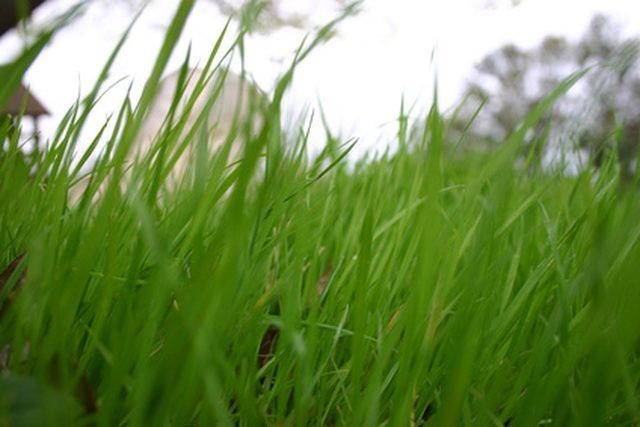Bulbs
Flower Basics
Flower Beds & Specialty Gardens
Flower Garden
Garden Furniture
Garden Gnomes
Garden Seeds
Garden Sheds
Garden Statues
Garden Tools & Supplies
Gardening Basics
Green & Organic
Groundcovers & Vines
Growing Annuals
Growing Basil
Growing Beans
Growing Berries
Growing Blueberries
Growing Cactus
Growing Corn
Growing Cotton
Growing Edibles
Growing Flowers
Growing Garlic
Growing Grapes
Growing Grass
Growing Herbs
Growing Jasmine
Growing Mint
Growing Mushrooms
Orchids
Growing Peanuts
Growing Perennials
Growing Plants
Growing Rosemary
Growing Roses
Growing Strawberries
Growing Sunflowers
Growing Thyme
Growing Tomatoes
Growing Tulips
Growing Vegetables
Herb Basics
Herb Garden
Indoor Growing
Landscaping Basics
Landscaping Patios
Landscaping Plants
Landscaping Shrubs
Landscaping Trees
Landscaping Walks & Pathways
Lawn Basics
Lawn Maintenance
Lawn Mowers
Lawn Ornaments
Lawn Planting
Lawn Tools
Outdoor Growing
Overall Landscape Planning
Pests, Weeds & Problems
Plant Basics
Rock Garden
Rose Garden
Shrubs
Soil
Specialty Gardens
Trees
Vegetable Garden
Yard Maintenance
How to Remove Grass & Sod
How to Remove Grass & Sod. Sod, also known as turf, consists of grass and the roots in the few inches of subsoil beneath the grass. Sod must be removed before the planting of a flower or vegetable bed. You do not need to hire a landscaping company with expensive equipment or harmful herbicides to remove sod. You can use a rototiller or a flat...

Sod, also known as turf, consists of grass and the roots in the few inches of subsoil beneath the grass. Sod must be removed before the planting of a flower or vegetable bed. You do not need to hire a landscaping company with expensive equipment or harmful herbicides to remove sod. You can use a rototiller or a flat shovel and a wheelbarrow for removing large patches of sod.
Things You'll Need
Lawn mower
Gloves
Flat-blade shovel or spade
Wheelbarrow
Rototiller
Pitchfork
Garden rake
Remove Sod with a Shovel
Mow the lawn section that you wish to remove. Use the lowest setting on the mower.
Take the shovel, hold it upright, and stab the blade into the lawn. Slice down through the sod until you reach the lower end of the grass roots, generally 3 to 5 inches below the lawn's surface.
Create narrow, parallel strips by cutting along your section, roughly 1 foot wide and as long as you need.
Chop the narrow strip into 2-feet sections.
Go to the narrow end of the first strip. Use the shovel blade to pry up the 1-foot end. Cut through the grass roots below, until you have loosened the entire 1-by 2-feet section of sod.
Lift up the sod and place it in the wheelbarrow.
Continue Steps 1 through 6 until the wheelbarrow is full. Cart it away. Continue the sod removal steps as necessary.
Remove Sod with a Rototiller
Turn on the rototiller. Till the section of the lawn you want removed.
Go back over the tilled area with the pitchfork. Plunge the pitchfork into the tilled ground and invert the soil.
Pull out chunks of sod, manually. Pull out weeds, roots and rocks.
Use the garden rake to scrape over the area. Pull out additional sod pieces or weeds as you find them.
Tips & Warnings
The best time to remove sod is a day or two after rainfall. The rain will loosen the subsoil, and removing the sod will be easier. Alternatively, you can water the sod before removal. The sod should be slightly moist but not waterlogged.
You may discover pests, such as beetle grubs, burrowed in the soil as you remove the sod. This is a good time to remove them to avoid future pest problems with the lawn.
Wear heavy-duty boots; this makes chopping into the sod easier.
If you're removing a large section of sod or want to create an outlined section, use a garden hose to shape the section. Sprinkle a layer of flour onto the lawn to mark the outline, and follow the markings as you work the shovel across the shaped sections.
Rototilling a weedy section of lawn may spread weed seeds into the soil below. This may cause weeds to spread and germinate in this area.